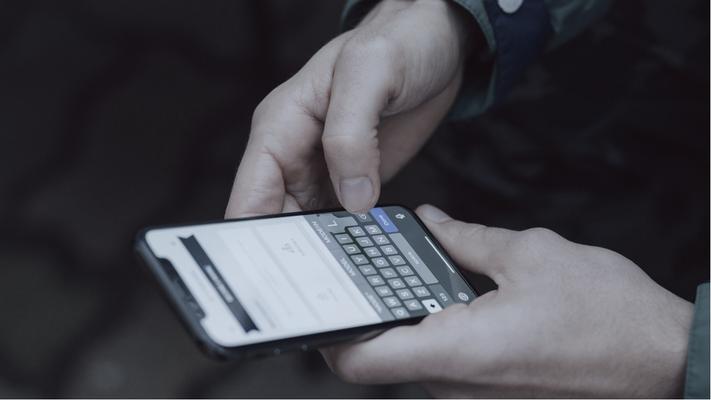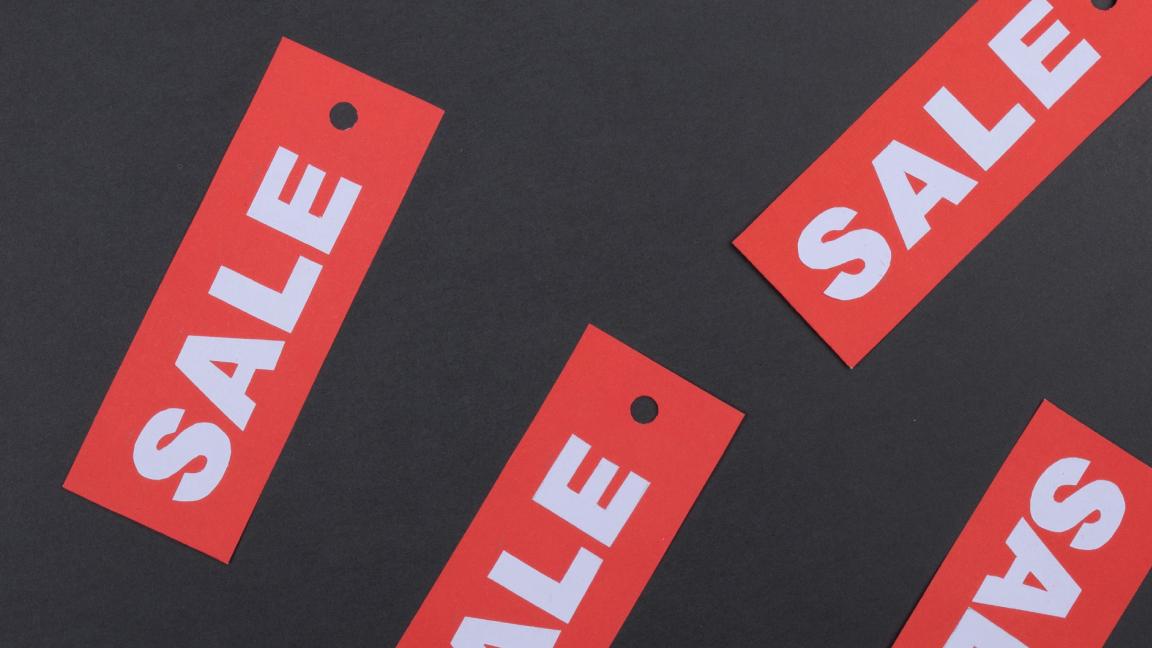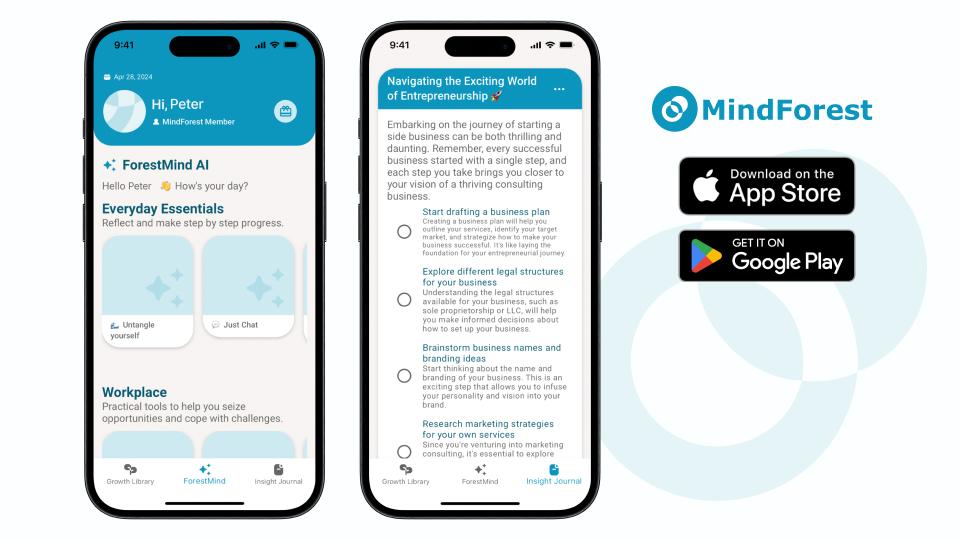
Ghosting and Avoidant Behaviour: Why We Pull Away and 3 Ways to Heal from It
Have you ever experienced ghosting? The two of you were chatting happily the night before, and the next day the person suddenly disappears, never replying again?
In today’s competitive marketplace, brands continuously seek ways to capture consumer attention and drive sales. One particularly effective strategy is the use of coupons, which not only offer monetary savings but also leverage consumer psychology principles to influence purchasing behaviour. From the fear of missing out (FOMO) to the decoy effect, let’s explore why consumers find coupons so irresistible and how businesses can apply these insights for growth.

In today’s competitive marketplace, brands continuously seek ways to capture consumer attention and drive sales. One particularly effective strategy is the use of coupons, which not only offer monetary savings but also leverage consumer psychology principles to influence purchasing behaviour. From the fear of missing out (FOMO) to the decoy effect, let’s explore why consumers find coupons so irresistible and how businesses can apply these insights for growth.
Imagine you are scrolling through your favourite online store when a pop-up appears: “Flash Sale! 20% Off – Ends in 3 Hours!” Even if you had no immediate intention to buy, you might suddenly feel compelled to make a purchase. This urgency stems from the psychological phenomenon known as FOMO, a key concept in consumer psychology.
FOMO is driven by the fear that one might miss out on a valuable opportunity (Gupta & Sharma, 2021). In the case of coupons, limited-time offers create a sense of scarcity, making a discount seem more desirable. Consumer psychology suggests that consumers feel pressured to act quickly to avoid regretting a lost deal.
A real-life example can be seen in supermarket promotions. Picture yourself standing in the snacks aisle, where you spot a sign: “Buy One Get One Free – Today Only!” You may not have planned to buy extra crisps, but the thought of missing out on free snacks nudges you into making an unplanned purchase. This is a direct example of how consumer psychology influences decision-making.
Coupons also work effectively when combined with pricing strategies such as the decoy effect. This cognitive bias occurs when consumers change their preference between two options after being presented with a third, less attractive option (Huber et al., 1982), a common tactic in consumer psychology.
Consider this scenario: you walk into a coffee shop, and the menu offers a small coffee for £2 and a large coffee for £4. You might opt for the smaller size to save money. However, if a medium option is introduced at £3.80, the large coffee suddenly appears to be a better deal. The medium coffee serves as a ‘decoy’, subtly influencing you to pick the larger size for just a little extra.
Coupons enhance this effect even further. If the café offers a 10% discount on the large coffee, you are now even more inclined to choose it, as the perceived value increases. This strategy is frequently used in subscription services and online retail, where brands introduce seemingly inferior options to steer customers towards higher-value purchases. Consumer psychology explains how these pricing tactics manipulate perception and behaviour.
Another psychological principle at play is the anchoring effect, where consumers rely heavily on the first piece of information they see when making decisions (Furnham & Boo, 2011). In the context of consumer psychology, the ‘original price’ acts as an anchor, making the discounted price appear more attractive.
For instance, if a pair of shoes is originally priced at £100 but is marked down to £70, consumers perceive it as a great deal, even if the true market value is closer to £70. The initial price sets a reference point, making the lower price seem like a bargain. Retailers frequently use this tactic by displaying crossed-out original prices next to the discounted amount, reinforcing the perception of savings. Understanding consumer psychology helps businesses craft these persuasive pricing strategies. It also helps you in negotiation and business pitch as an entrepreneur or sales person.
Understanding consumer psychology is a game-changer when it comes to starting and growing a business. MindForest equips you with the tools and insights needed to apply psychological principles effectively and attract more customers:
1) Goal Tracking of Business Tasks: Define your business objectives with MindForest. By setting clear goals and tracking customer engagement, you can adjust your strategies to create irresistible offers.
2) AI-Powered Selling Strategies: Use our AI coach to simulate strategies based on consumer psychology. Experiment with the decoy effect and anchoring tactics to maximise your conversions.
3) Insight Journal for Reflections: Reflect on customer interactions with MindForest’s journal feature. Understand how consumers react to different marketing tactics and refine your approach accordingly.

Download MindForest today to leverage consumer psychology, become influential and take your business to the next level!
References
Furnham, A., & Boo, H. C. (2011). A literature review of the anchoring effect. The Journal of Socio-Economics, 40(1), 35–42. https://doi.org/10.1016/j.socec.2010.10.008
Gupta, M., & Sharma, A. (2021). Fear of missing out: A brief overview of origin, theoretical underpinnings and relationship with mental health. World journal of clinical cases, 9(19), 4881–4889. https://doi.org/10.12998/wjcc.v9.i19.4881
Huber, J., Payne, J. W., & Puto, C. (1982). Adding asymmetrically dominated alternatives: Violations of regularity and the similarity hypothesis. Journal of Consumer Research, 9(1), 90–98. https://doi.org/10.1086/208899
Discover practical psychology tips you can apply to your everyday life. From building resilience to improving relationships and finding work-life balance, our blog brings expert-backed insights that help you grow.

Have you ever experienced ghosting? The two of you were chatting happily the night before, and the next day the person suddenly disappears, never replying again?

This article breaks down the psychology of nonchalance, signs of a nonchalant dater, the debate nonchalant vs chalant, and what truly matters when forming modern relationships.

Have you ever felt so intensely drawn to someone that you couldn’t stop thinking about them—imagining every possible interaction, decoding every message, overanalysing every glance? If so, you may not be experiencing love, but something more specific: limerence.
Download MindForest and turn these insights into action. Get personalized support from ForestMind AI Coach, track your progress, and unlock your full potential.